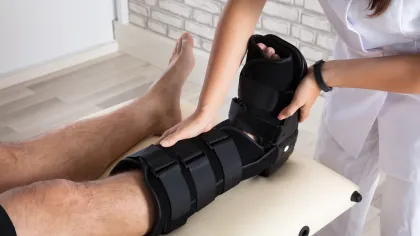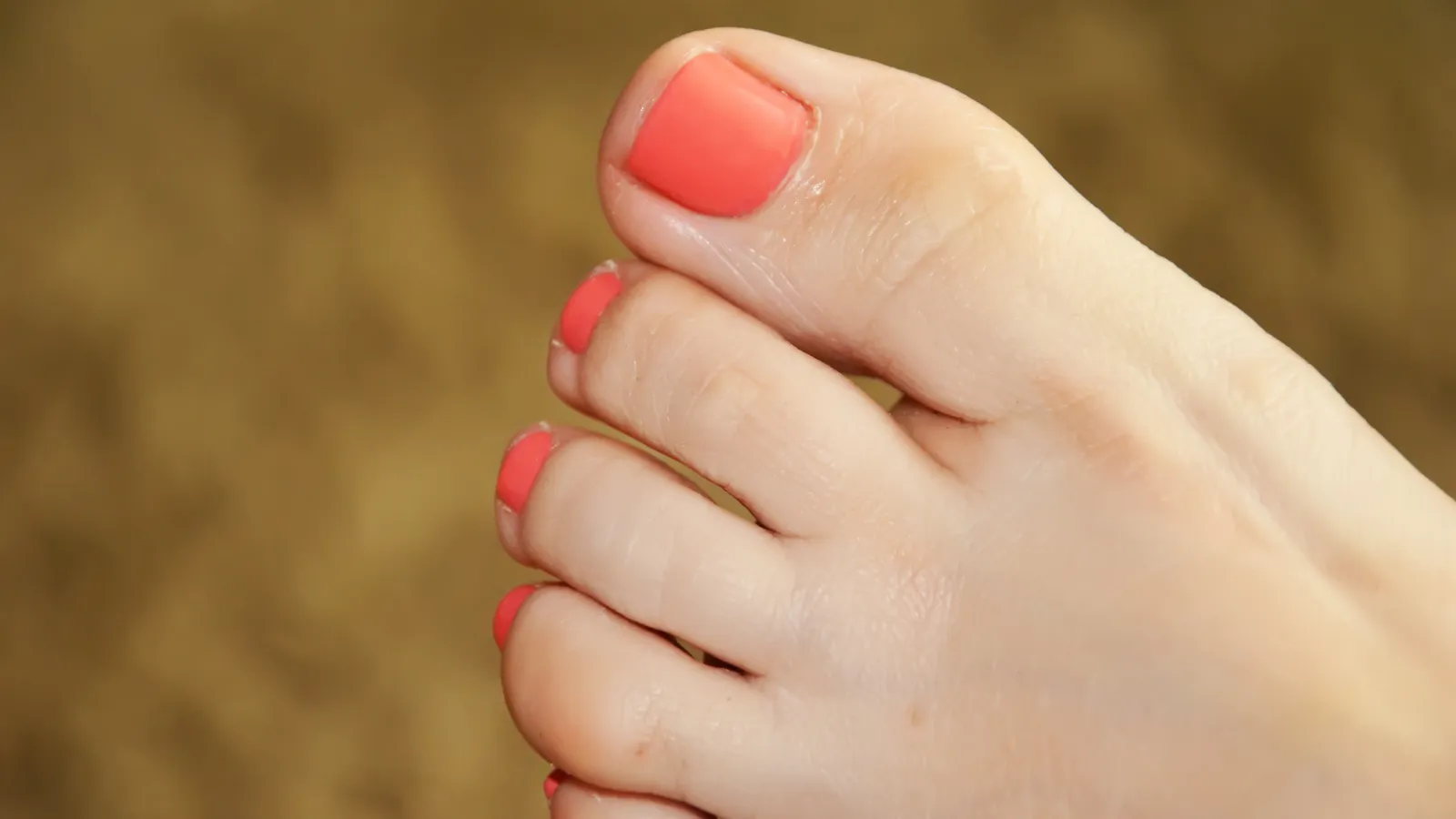
Toe Surgery
About Toe Surgery
Are ice, rest, and home care methods failing to resolve your toe injury? Often, minimal medical intervention can provide relief, but toe surgery may be recommended if the case is severe. Dr. Andrew Ebert is a foot and ankle surgeon at Orthopaedic Specialists of Austin, TX, who can provide the treatment your case requires.
When should I see a doctor for my toe injury?
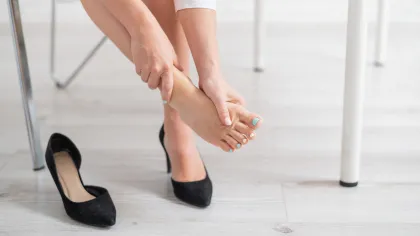
Persistent Swelling
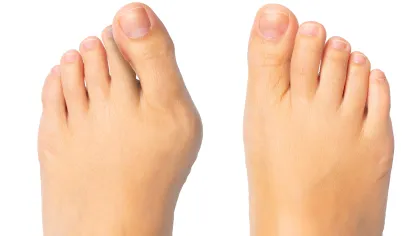
Permanent Deformity
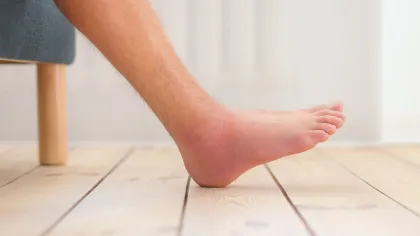
Persistent Numbness

Persistent Pain
Meet Our Expert
Dr. Ebert is the foot and ankle surgeon at our Austin, TX, office. Dr. Ebert cares for all toe, foot, and ankle problems our patients have. Practicing medicine for over 15 years, Dr. Ebert joined Orthopaedic Specialists of Austin only three years after we opened. Since then, Dr. Ebert has continued to stay up-to-date with the latest surgical techniques and advancements within orthopaedics. He is also a bilingual Spanish speaker who takes pride in being able to help many patients throughout the Austin, TX, area.
Surgical Treatment Options
If your injury is severe to the point of needing surgery, our doctors can perform a wide range of toe surgeries. The most appropriate option will depend on your specific condition and the natural alignment of your toe. Common surgeries include:
Arthroplasty: To relieve the effects of hammertoe, your doctor will remove a small piece of bone, which will allow the joint to straighten normally.
Arthrodesis: Arthrodesis is appropriate for both bunions and hammer toe. Your surgeon will trim the ends of the bones on each side of the joint. He will also remove a small amount of cartilage. Finally, he will stabilize the joint with pins, allowing it to straighten as it heals.
Tendon Transfer: During this hammer toe surgery, your doctor will move the tendon from beneath your joint to the top of your toe. Once in place, the tendon will pull and straighten the joint.
Basal Phalangectomy: If you have a particularly severe hammer toe, your doctor will remove a small part of the bone beneath your affected toe.
Weil Osteotomy: Weil osteotomy is another option for both severe hammer toe and bunions. Your surgeon will remove part of the metatarsophalangeal joint found at the base of your toe. Then he will use pins to stabilize your toe as it heals.
Exostectomy: During this procedure, your doctor will remove your bunion from the side of your joint. He will almost always perform this surgery in conjunction with another treatment.
Nerve Removal: If you have a particularly severe pinched nerve, your doctor may actually remove it to achieve lasting pain relief.
Surgery for Fractures: Your doctor may place pins in your toe to aid the healing process. Typically, he will perform this treatment four to six weeks after you break your toe.
Nonsurgical Treatment Options
Nonsurgical treatment options are available for certain toe injuries. For deformities, like hammer toe, surgery is the only option. However, for minor injuries or recurring foot pain, a few non-surgical treatments can aid in recovery:
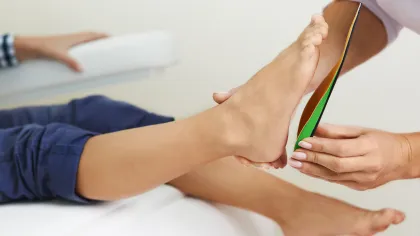
Orthotics
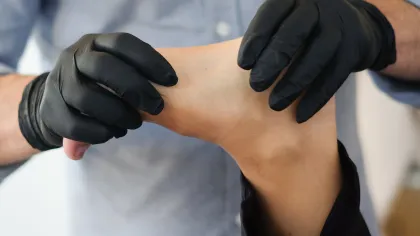
Physical Therapy
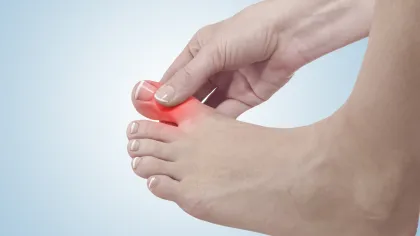
Anti-Inflammatory Drugs
